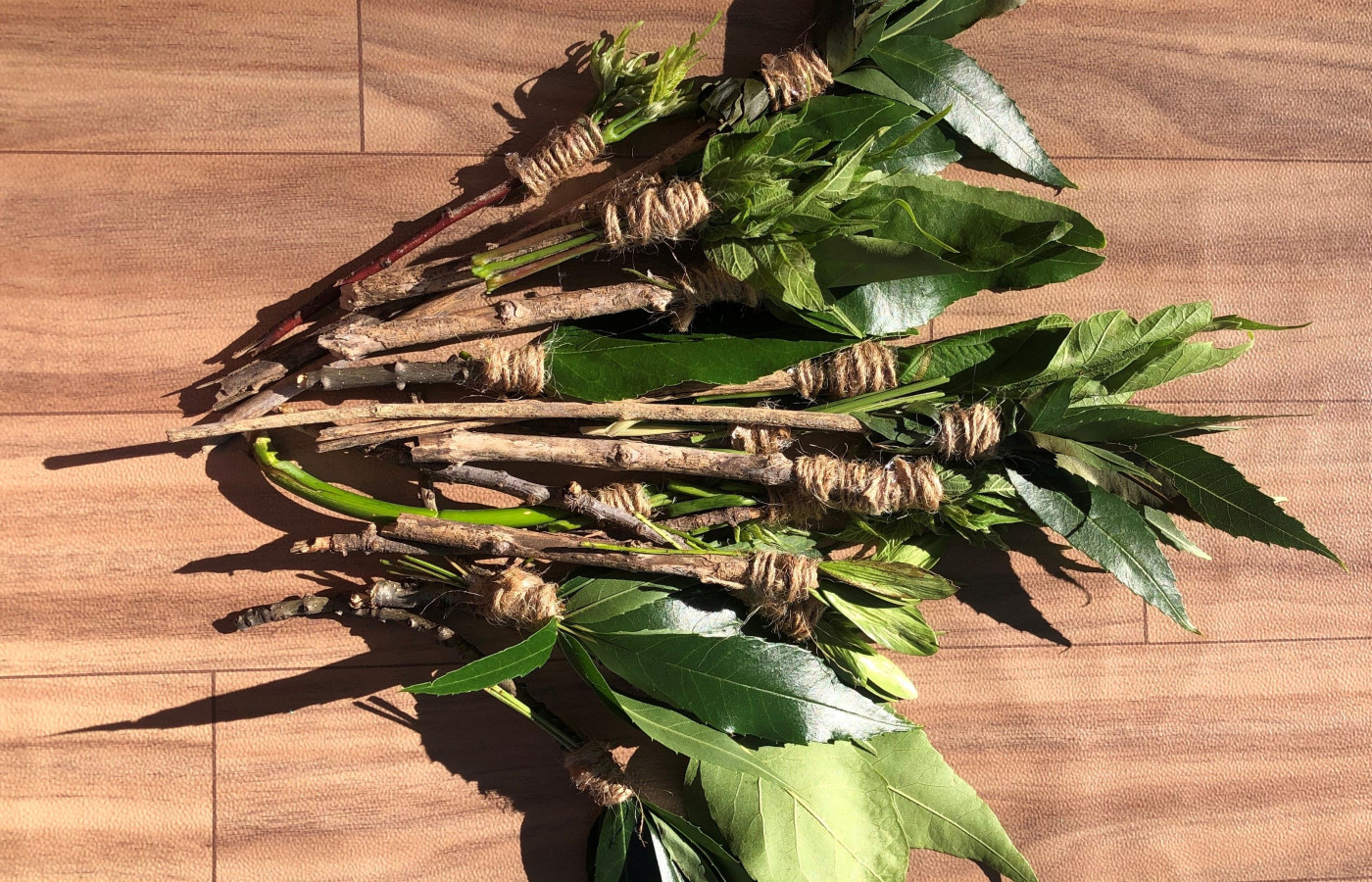Wind chimes

Wind chimes
Using natural materials to make a wind chime
Materials Required
- Leaves, sticks
- Sturdy branch/ stick to hang materials on
- Wool/ string or ribbon
- Pinecones
- Feathers
- Flowers
- Small stones or rocks
- Other natural materials you can find
Metal objects like spoons or bells
Play experience profile
-
Ages:
-
Min Playtime45 - 60 Minutes
-
Skills
-
Energy LevelQuiet Play
-
Messiness Rating
-
EYLF Outcomes
Play Experience Preparation
Collect all materials from the environment.Experience Steps
- Select a strong branch/stick to hang your objects on.
- Paint your stick with your child using your favourite colours or use wool, ribbon, string or reeds to wind around the branch.
- Tie your decorative materials to the branch with your child. You could also use a hole punch to thread them through.
- Hang your wind chime outdoors under verandas, in trees, in your kitchen or play area. It is calming to lie down and watch the nature items drifting in the breeze.

What to talk about, or questions to ask during the experience
- Discuss the different sounds each material makes
- Discuss smells
- Discuss textures - smooth, rough
- Discuss similarities and differences between the materials
Build on this...
- Take a walk in the garden, to the park, through your local neighbourhood or venture into the bush to search for natural materials.
- Explore the local landscape around you. Look at the different types of leaves, flowers, gumnuts, barks, birds and insects. Use your senses and experience the different textures, smells, sounds and sights.
- Make a wind chime for a family member or friend. They make wonderful gifts.
- Explore kitchen utensil and use those to create a wind chime.
WHO guidelines for physical activity and sedentary behaviour
Provide evidence-based public health recommendations for children, adolescents and adults on physical activity.
Learn more
Provide evidence-based public health recommendations for children, adolescents and adults on physical activity. Learn more
Go for an adventure walk with your child and collect an assortment of natural materials to make your wind chime.
EYLF Outcomes
The Early Years Learning Framework has been designed for use by early childhood educators working in partnership with families, children’s first and most influential educators.
View PDF
The Early Years Learning Framework has been designed for use by early childhood educators working in partnership with families, children’s first and most influential educators. View PDF
- Children develop knowledgeable and confident self identities
- Children take increasing responsibility for their own health and physical wellbeing
- Children resource their own learning through connecting with people, place, technologies and natural and processed materials
EYLF Principle
Principle 5: Ongoing learning and reflective practice. Critical reflection involves closely examining all aspects of events and experiences from different perspectives.
EYLF Practice
Practice: Holistic approaches. They recognise the connections between children, families and communities and the importance of reciprocal relationships and partnerships for learning. They see learning as a social activity and value collaborative learning and community participation. An integrated, holistic approach to teaching and learning also focuses on connections to the natural world.
Author:


